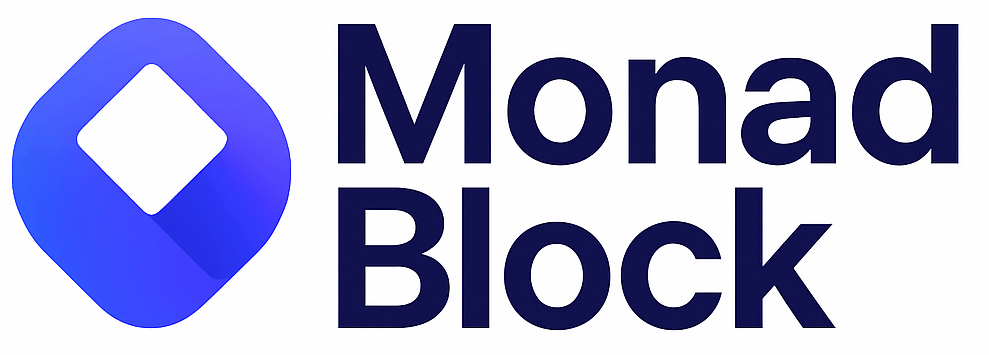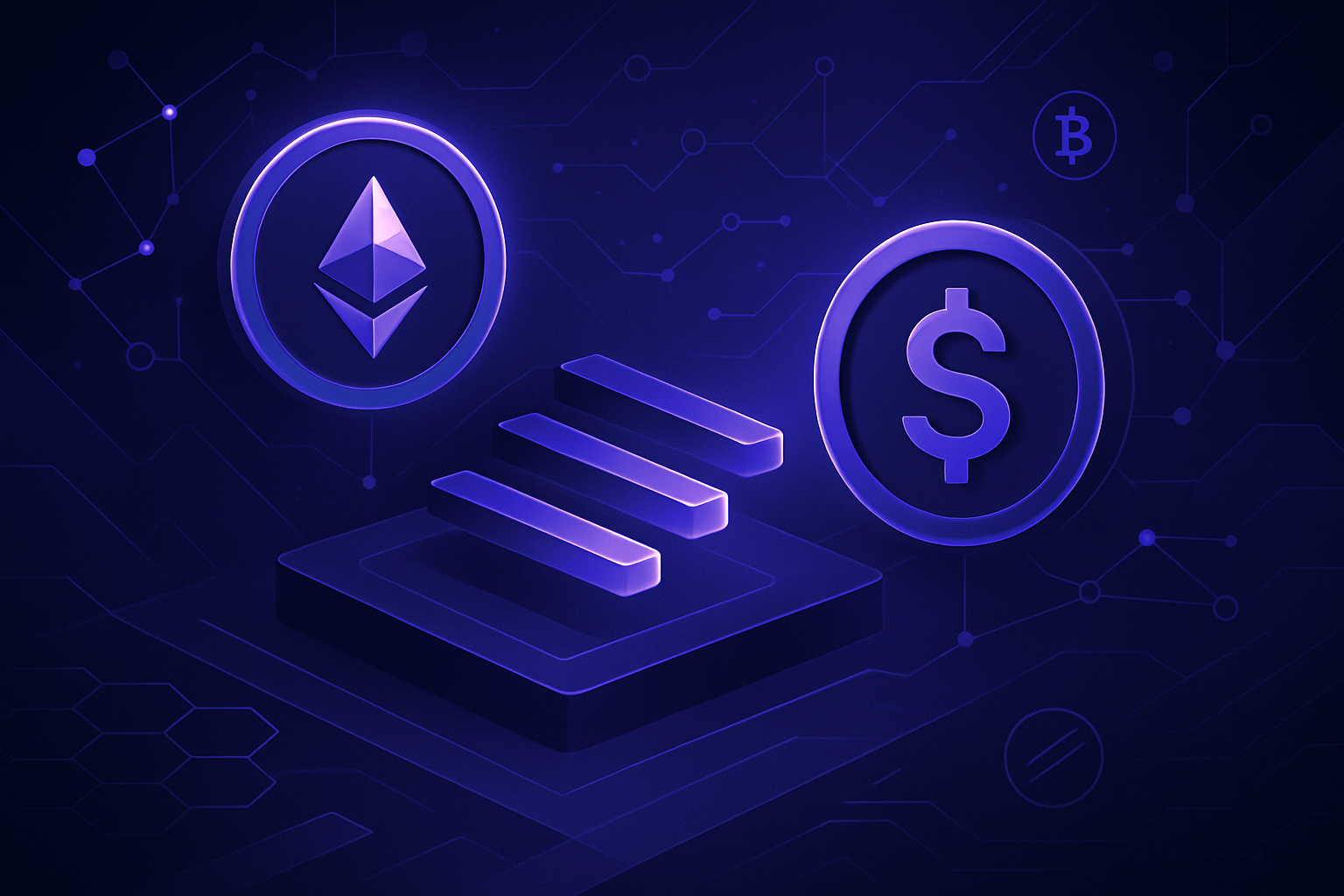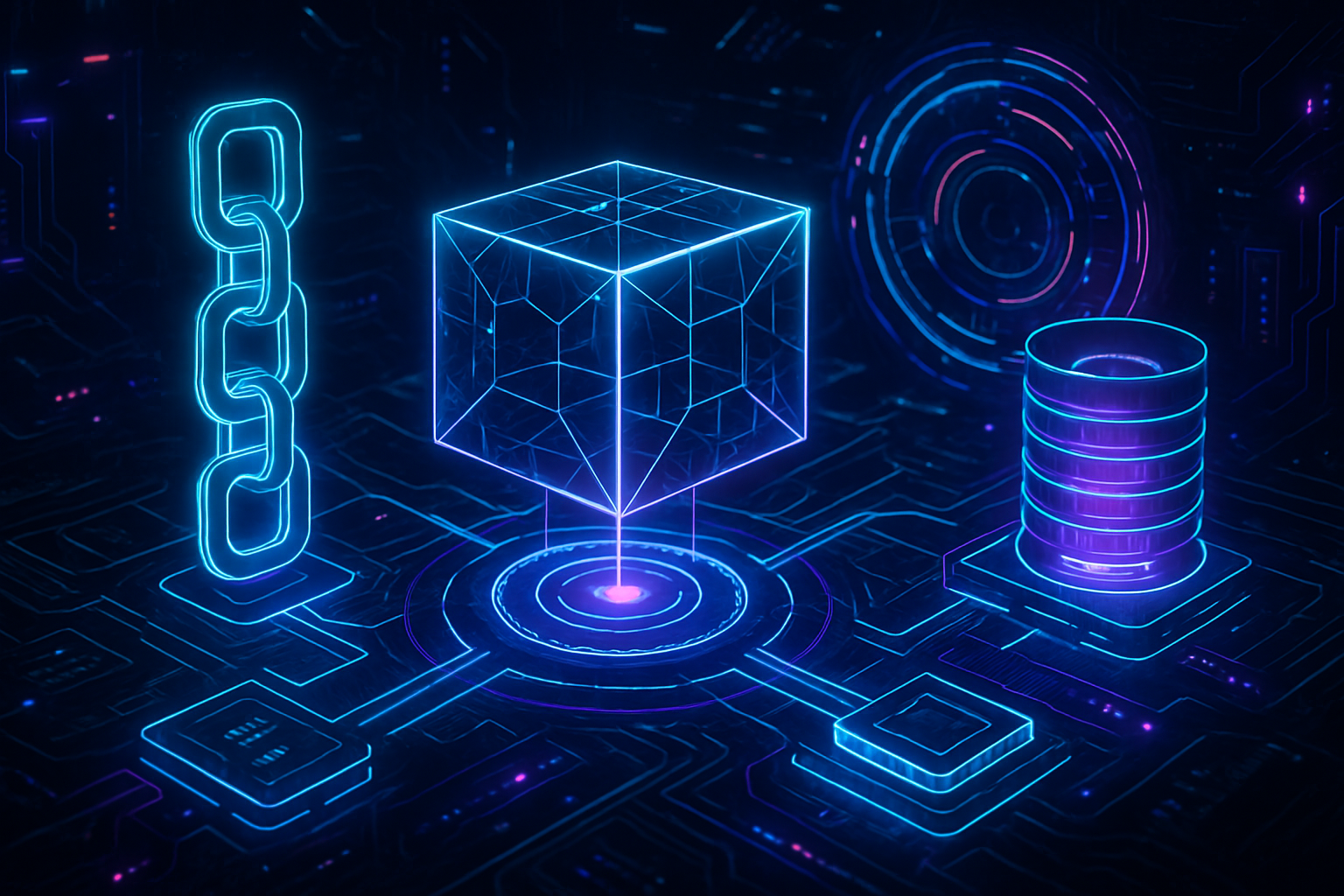
In the evolving landscape of Ethereum-compatible blockchains, Monad is making headlines for its audacious promise: 10,000 transactions per second (TPS) with full EVM compatibility. For developers and enterprises seeking to push the boundaries of decentralized applications, Monad’s architecture signals a paradigm shift, one that combines breakthrough throughput, low latency, and robust security without sacrificing decentralization.

Reimagining EVM Execution: The Power of Parallelization
At the heart of Monad’s performance edge lies a radical rethink of how smart contracts are executed. Traditional EVM chains like Ethereum process transactions sequentially, which inherently limits throughput due to dependency bottlenecks. Monad’s answer? Optimistic Parallel Execution. By intelligently predicting which transactions are independent and can be run concurrently, Monad schedules non-conflicting operations in parallel, drastically increasing the number of transactions processed per second.
This approach is not merely theoretical. As outlined by Monad’s technical documentation, the protocol leverages dependency analysis to ensure that only safe-to-parallelize transactions are grouped together. This innovation allows Monad to shatter previous TPS ceilings while maintaining full compatibility with existing Ethereum tooling and smart contracts.
Decoupling Consensus and Execution: Asynchronous Pipelining
Asynchronous execution is another cornerstone of Monad’s high-throughput design. Unlike most blockchains where consensus and execution are tightly coupled, one must finish before the next begins, Monad decouples these phases entirely. While consensus finalizes one block, execution engines can already process new incoming transactions for subsequent blocks.
This pipelined architecture optimizes hardware utilization across the network. Validators aren’t forced to idle while waiting for consensus; instead, they’re continuously executing transactions in advance, reducing overall latency and maximizing TPS. The result is a blockchain that feels responsive for users while delivering enterprise-grade performance for developers.
Key Innovations Powering Monad’s 10,000 TPS
-
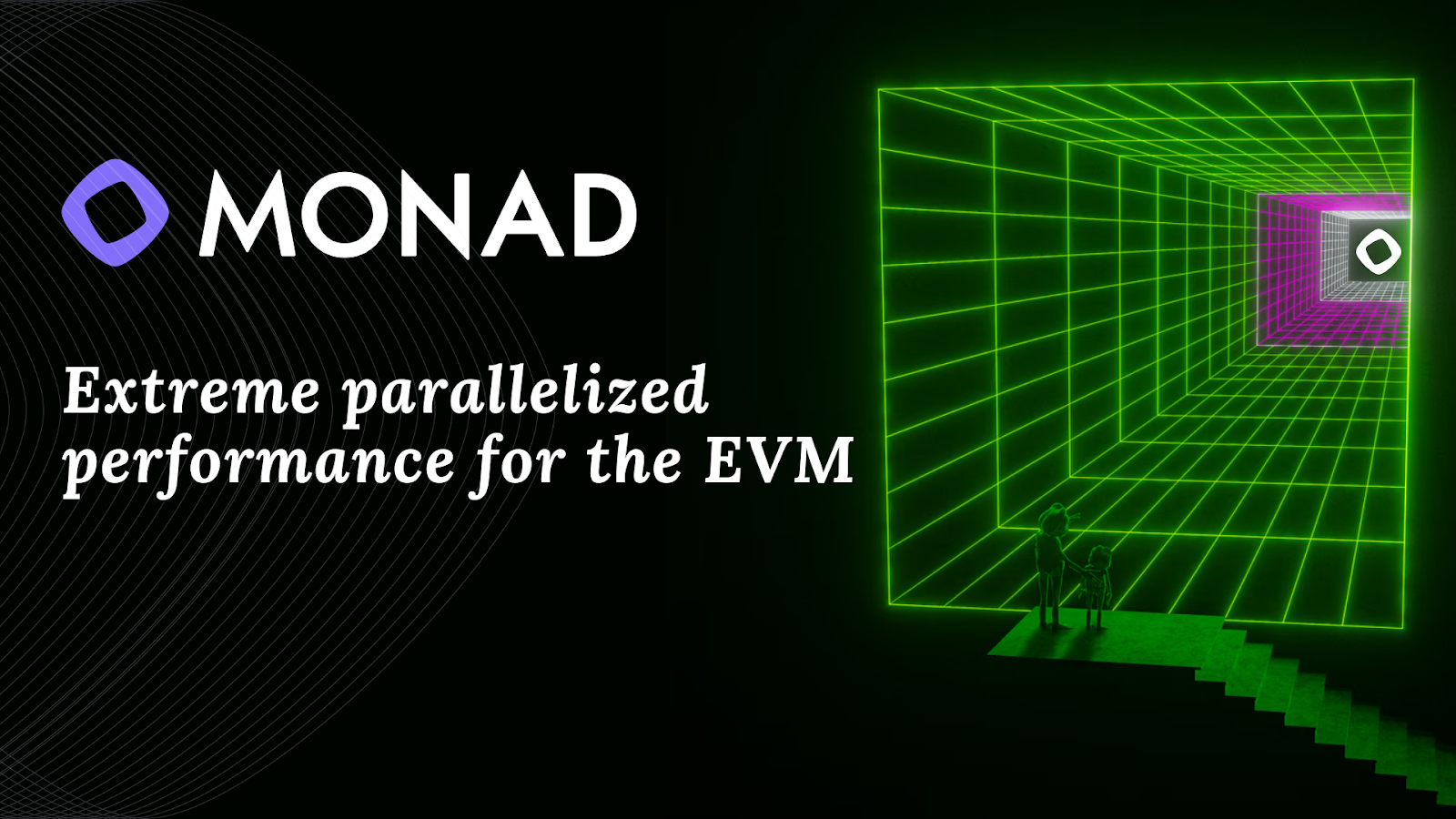
Optimistic Parallel Execution: Monad predicts transaction dependencies and schedules non-conflicting transactions to run in parallel, dramatically increasing throughput versus traditional sequential models.
-

Asynchronous Execution Pipeline: By decoupling consensus from execution, Monad enables simultaneous processing of new transactions while previous blocks are finalized, reducing latency and maximizing hardware efficiency.
-
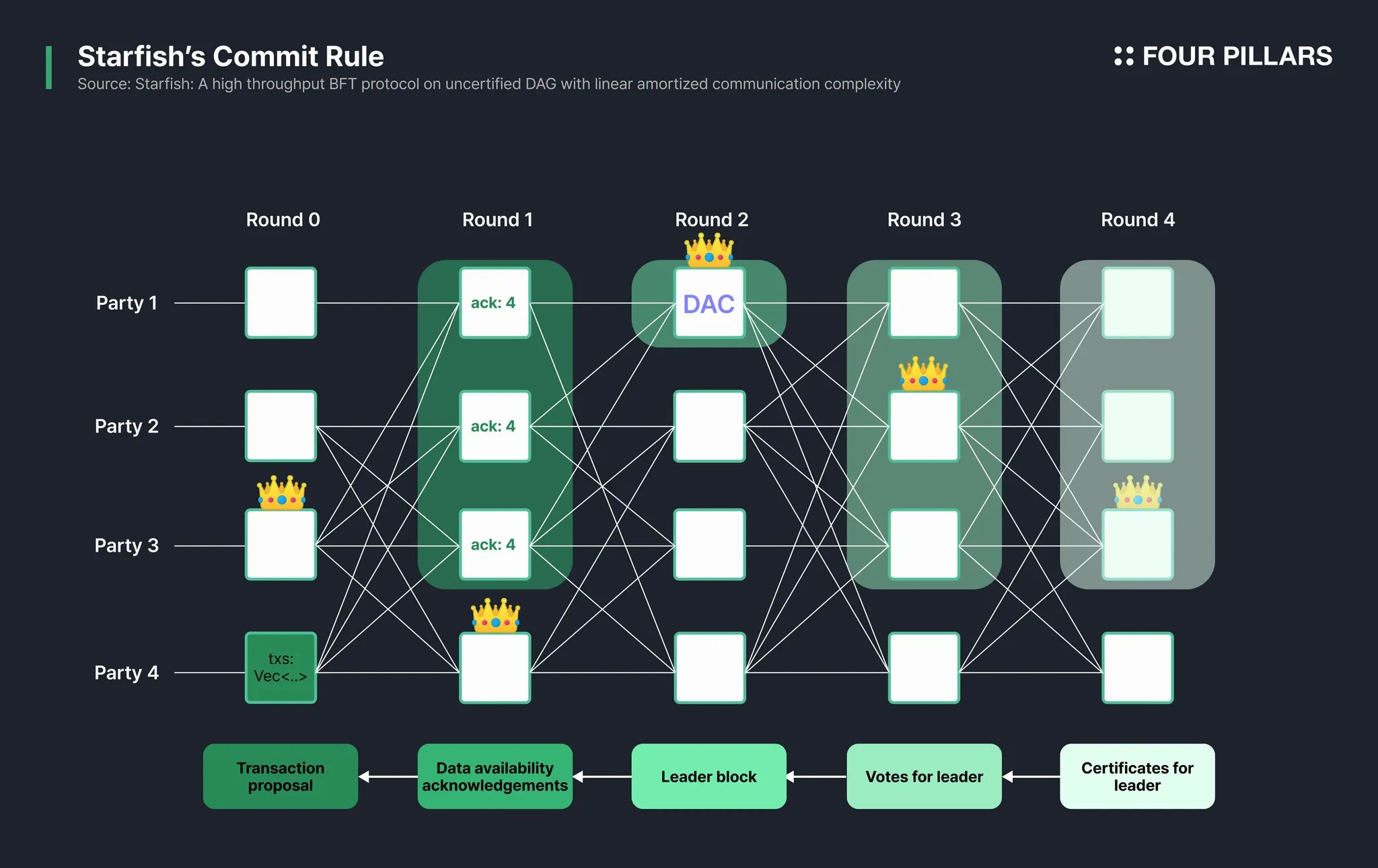
MonadBFT Consensus Mechanism: Built on the HotStuff framework, MonadBFT achieves single-slot finality and one-second block times by minimizing communication phases, ensuring secure and rapid consensus.
-
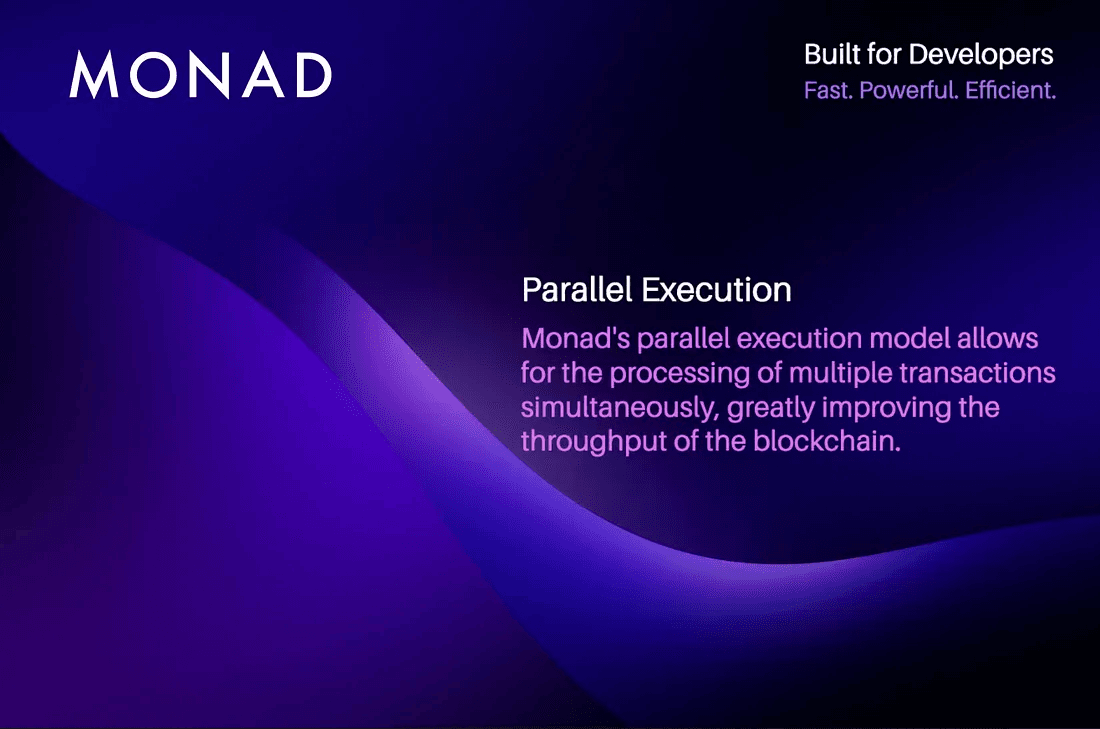
MonadDB State Database: This custom database efficiently stores Merkle Patricia Trie data and allows most state to reside on SSDs, lowering hardware requirements and supporting decentralization without sacrificing speed.
-
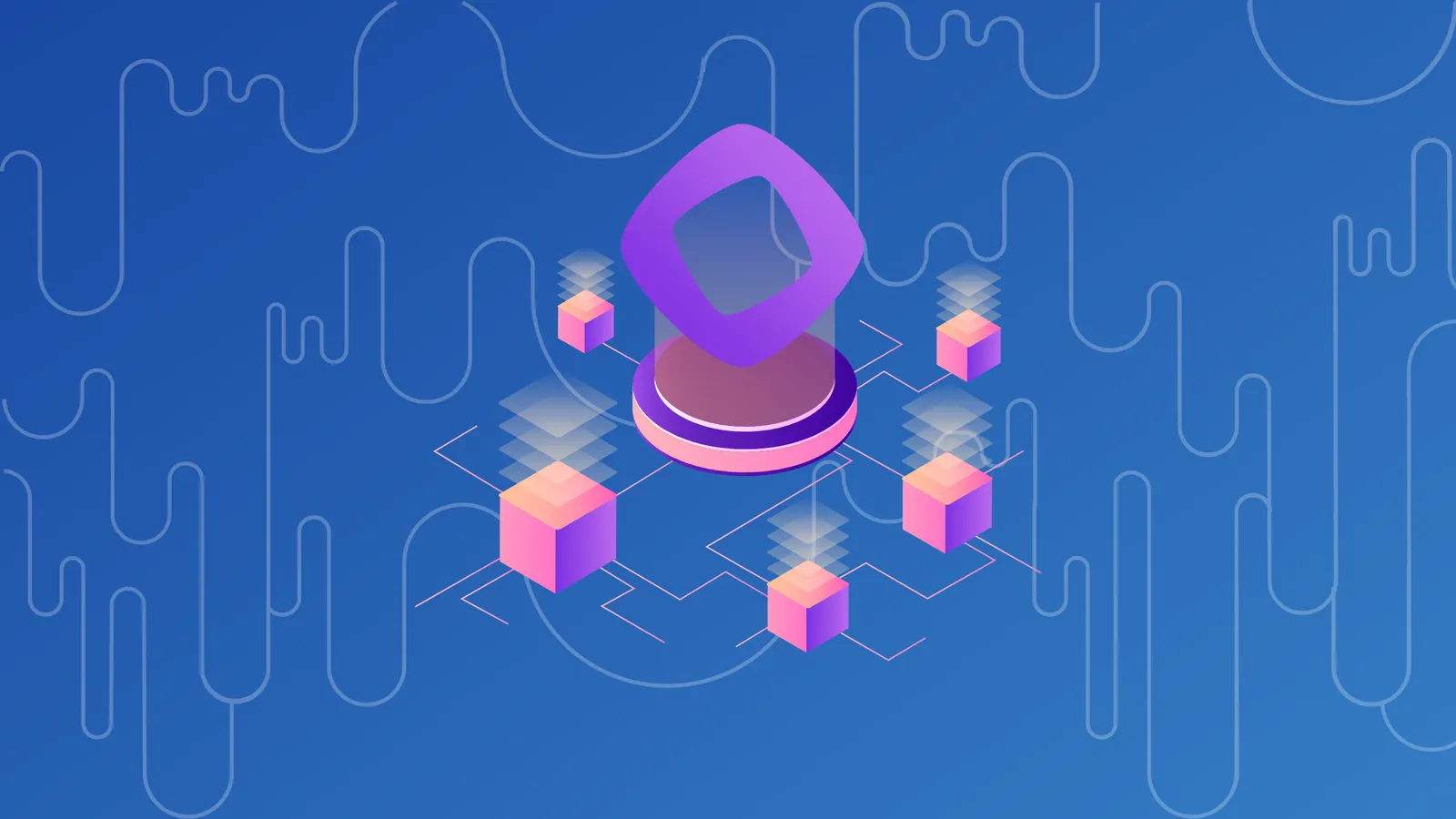
Full EVM Compatibility: Monad maintains seamless integration with existing Ethereum tooling and smart contracts, making it easy for developers and users to migrate and interact with the network while benefiting from high throughput.
The Backbone of Speed: Introducing MonadDB
No discussion of Monad blockchain performance would be complete without diving into MonadDB technology. Traditional EVM-compatible chains often struggle with state bloat and inefficient storage access patterns, issues that become acute as throughput rises. MonadDB solves this by optimizing storage specifically for Merkle Patricia Trie data (the core structure underpinning Ethereum’s state).
The real breakthrough? Most state data resides on fast solid-state drives (SSDs) rather than expensive RAM. This design dramatically reduces hardware requirements for validators, making it feasible for more participants to join the network without sacrificing speed or decentralization. Efficient access patterns mean that even as transaction volume scales into the tens of thousands per second, latency remains low and costs stay predictable.
If you’re building dApps or infrastructure on EVM chains today, this represents a seismic shift: you get both high throughput and low barrier to entry, a rare combination in blockchain infrastructure.
What does this mean for the future of decentralized finance, gaming, and Web3 at large? Monad’s architecture is not just a technical marvel; it’s a catalyst for ecosystem evolution. By slashing latency and boosting throughput to 10,000 TPS, Monad unlocks entirely new user experiences and business models that were previously impossible on legacy EVM chains. Imagine AMMs with near-instant finality, NFT platforms supporting real-time auctions, or on-chain games with seamless multiplayer action, all without exorbitant gas fees or clunky bottlenecks.
Developers can deploy existing Ethereum smart contracts on Monad without rewriting code, thanks to its unwavering commitment to full EVM compatibility. This means projects can tap into Monad’s speed and scalability while leveraging the vast library of Ethereum tooling, libraries, and security audits. The frictionless migration path lowers both technical and strategic risk for teams looking to scale.
Security Meets Performance: MonadBFT Consensus
Of course, performance isn’t everything, security and decentralization are non-negotiable. Monad addresses this with MonadBFT, a consensus mechanism inspired by HotStuff but streamlined for single-slot finality and rapid block times. By reducing communication phases among validators, MonadBFT ensures that blocks are finalized in just one second. This not only accelerates transaction confirmation but also bolsters network resilience against attacks or failures.
Critically, this consensus design supports high validator participation by keeping hardware requirements modest, thanks in part to MonadDB’s SSD-centric approach. The result is a blockchain that scales horizontally without drifting toward centralization or sacrificing trustlessness.
A New Standard for Ethereum-Compatible Chains
The synergy between asynchronous execution, optimistic parallelization, MonadDB’s state storage advances, and robust BFT consensus is what truly sets Monad apart from other so-called “Ethereum killers. ” Rather than reinventing the wheel or sacrificing compatibility for speed, Monad meticulously reengineers core infrastructure layers to achieve both.
This holistic approach means developers don’t have to choose between performance and composability. Enterprises gain access to scalable infrastructure that doesn’t lock them into proprietary silos. And communities benefit from a more decentralized validator set, ensuring the chain remains open and permissionless as adoption grows.
If you’re serious about building Web3 applications at scale, or investing in the next generation of blockchain infrastructure, the innovations powering Monad deserve your full attention.
Looking Ahead: Building With Monad Today
The promise of a 10,000 TPS blockchain isn’t just theoretical, it’s being realized in real time as dApps migrate and new projects launch natively on the network. The combination of low-latency execution, cost-effective validator requirements, and seamless EVM compatibility positions Monad as a foundational layer for the next wave of DeFi protocols, NFT marketplaces, gaming platforms, and beyond.
For developers eager to experiment or migrate production workloads onto high-throughput chains without abandoning familiar tools or workflows, Monad’s documentation provides an accessible starting point. The future belongs to those who can harness both speed and openness, and right now, Monad is setting the pace for what an Ethereum-compatible high throughput chain should look like.
